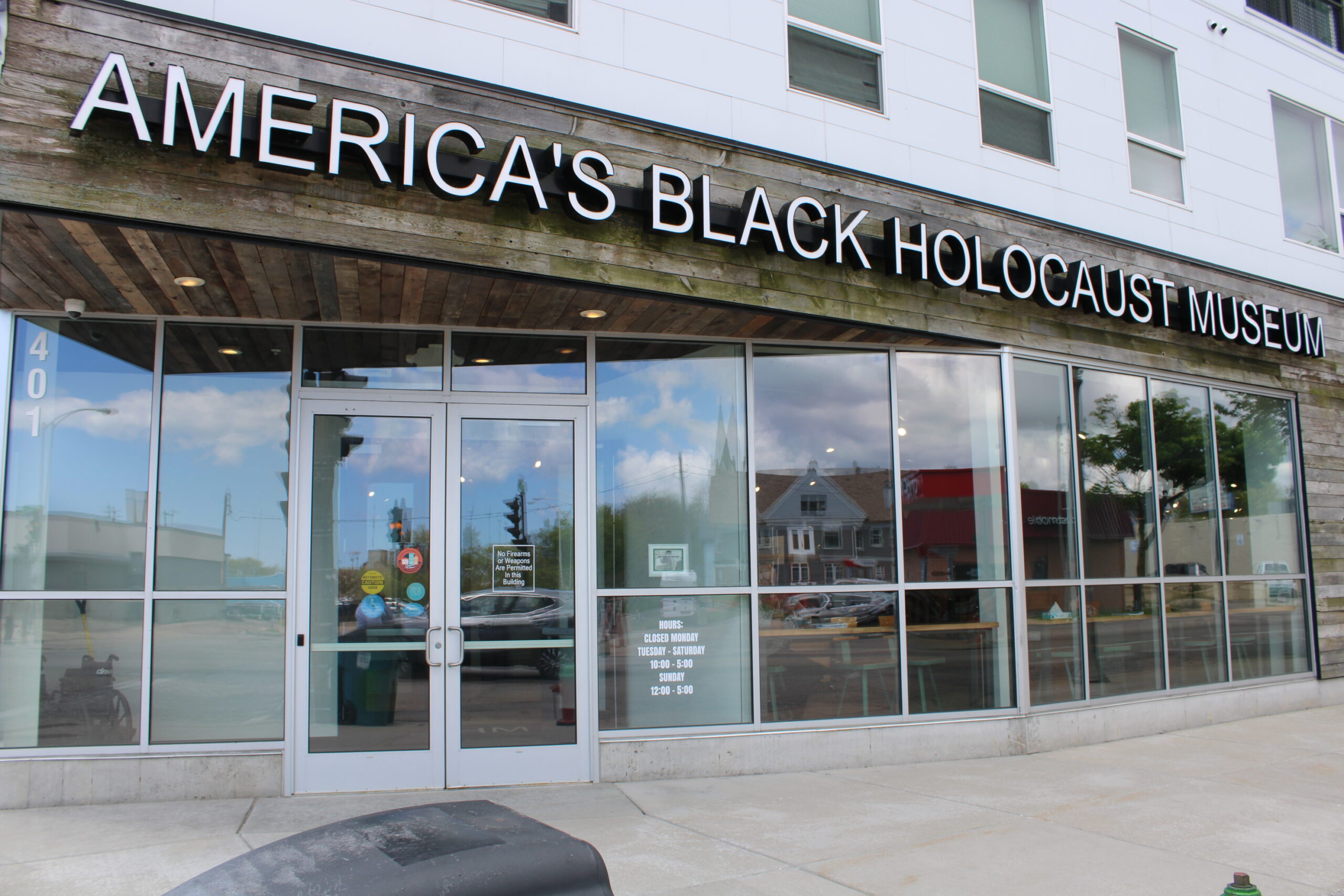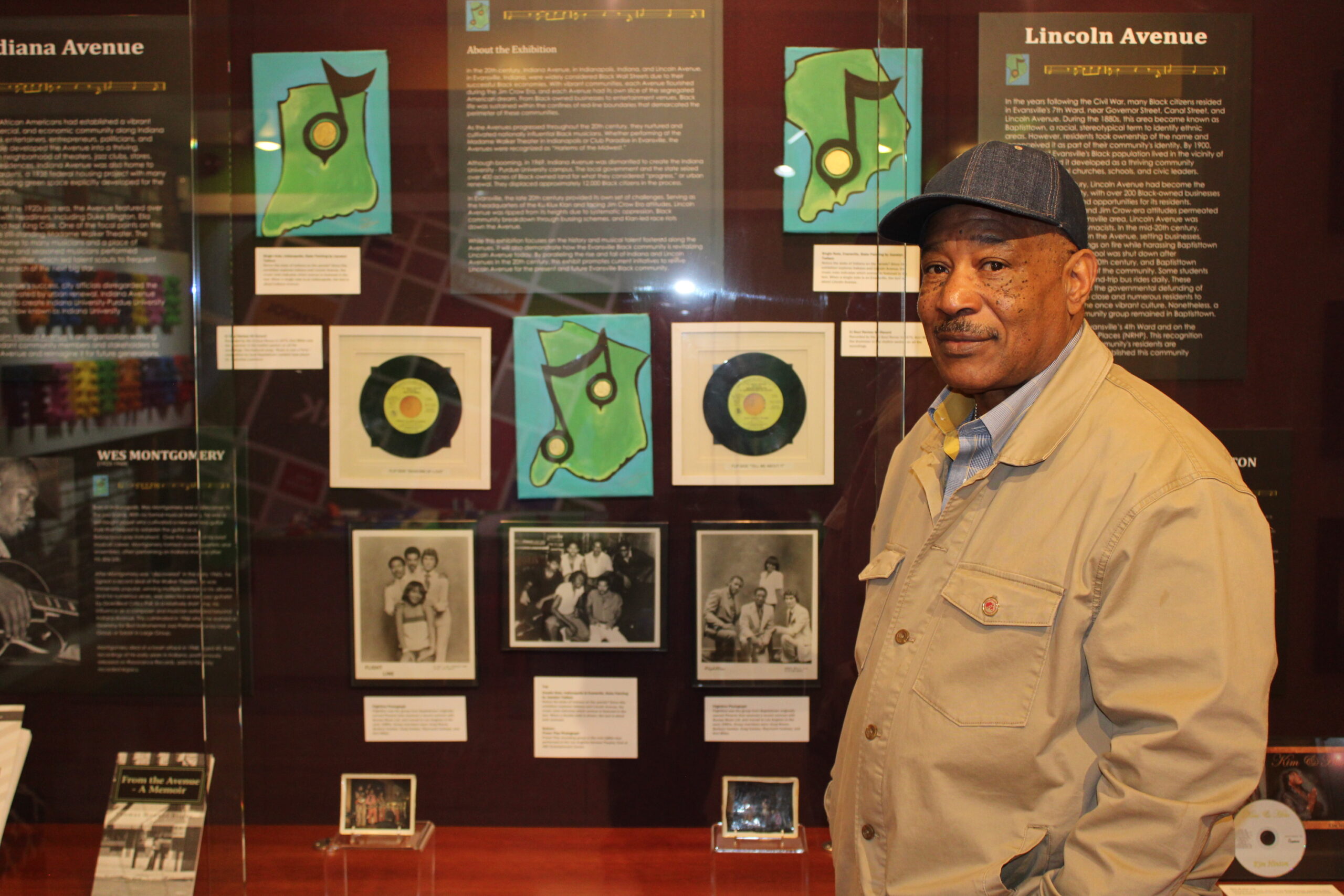Every history is political. Black Museums give black people agency to write their own history and present it from their own perspectives. They preserve artifacts and serve as institutions of learning when attacks on books and educational curriculum in schools and universities are part of the current political climate.
There are over 200 Black museums in the United States, each with their own individual mission, but united in telling the culture of people throughout the African diaspora.
“Museums are critical to our understanding of the experiences and accounts of people of African descent in the new world and ensures that it becomes a part of the public discussion,” says Dr. Korieh Chima, head of the African American Studies Department at Marquette University, Wisconsin. “The Black experience was critical to the making of early American history and culture and continues today.”

America’s Black Holocaust Museum (Wisconsin)
America’s Black Holocaust Museum, located in Milwaukee, is unique in several ways, starting with its founder Dr. James Cameron, who is the only person recorded in history to have survived a lynching attempt as a teenager in Marion, Indiana. However, the ABHM attempts to not just tell the tragic story of slavery and lynching, but also get visitors to a place of healing in the present, according to Interim Executive Director Brad Pruitt.
Founded in 1988 after Cameron visited the Yad Vashem Memorial in Israel, ABHM is not only a physical structure, it is taking advantage of the Digital Age to expand its outreach by moving much of its exhibits online, where viewers have access to over 3,600 pages of content.
“While most museums use their websites to promote the activities at their site, we think we can do more by having a robust digital footprint full of material to go along with the programs we have here in our building,” Pruitt said.
DR. KORIEH CHIMA“Museums are critical to our understanding of the experiences and accounts of people of African descent in the new world and ensures that it becomes a part of the public discussion.”
Evansville African American Museum (Indiana)
If you travel to the southern tip of Indiana down US 41, you will come across the city of Evansville. The third largest city in the state has a proud African American history and one unique neighborhood that is pivotal in telling the story of public housing in the United States.
Lincoln Gardens was the second federal housing project opened under President Franklin D. Roosevelt’s New Deal in 1938. The 11-acre complex, with 16 apartment buildings, replaced dilapidated and hazardous housing that had no electricity or indoor plumbing. The apartment buildings at the time featured modern amenities that included a gas-powered refrigerator. Lincoln Gardens provided much needed housing to African Americans on moderate incomes.
The Evansville African American Museum, located at 579 S. Garvin St., now occupies the space where the last of the 16 buildings stood. The EAAM’s founder Sondra Matthews grew up in Lincoln Gardens and successfully lobbied the housing authority to save some of the buildings for the creation of the museum in 1997.

“This area was ‘redlined’ and is where 60 percent of the black population lived,” the museum’s Executive Director Kori Miller explained. “So much so, this area was coined “Baptist Town” by whites, a derogatory term that referred to Liberty Baptist Church, which was built by ex-slaves and is still going strong today. The church, which is over 100 years old, has gone through a number of renaissances just like this community.”
The EAAM believes strongly in visitor interaction with the exhibits. Visitors can see for themselves just what it was like for residents to live in one of the apartments, which has been refurbished to the original conditions. It also has several opportunities where visitors can interact by drawing, wearing headphones and listening and/or observing the history of the neighborhood and its people through video presentations.

Haitian American Museum of Chicago (Illinois)
Chicago is home to well-known world-class museums. But one unique museum on the city’s North Side tells the story of the city’s founder, Jean Baptise Pointe DuSable, and others of Haitian descent who have immigrated to the “Windy City.”
The Haitian American Museum of Chicago is where visitors can experience Haitian culture in an organic way. Quarterly art exhibits dominate the space inside the museum, but it is also used to host community events and serves as a conduit for new arrivals from Haiti looking to make Chicago their home by providing legal immigration programs.
“We encourage visitors to immerse themselves into the rich history, cuisine (coffee) and tapestry of colors that embody Haitian culture, and the unique linguistics of Haitian creole,” said HAMOC’s Executive Director Carlos Bossard.
